CP and Me: My Answers To The Cerebral Palsy Tag

March is Cerebral Palsy Awareness Month. Cerebral Palsy (CP) is considered to be a neurological disorder caused by a non-progressive brain injury that is caused while a child’s brain is still developing. It primarily affects body movement and muscle coordination, but it can also affect muscle tone, posture, and balance, as well as gross motor, and fine motor skills (kinds of hand movements and grasp, for example). The injury to the brain is most often caused before birth, during labor, or immediately after a child is born.
Cerebral palsy affects every person differently. A person with CP will most likely show signs of physical impairment, but the severity to which the body is affected varies from one individual to another. It can affect the arms, the legs, or even the face and mouth. The way muscles contract is greatly impacted — they can contract too much, too little, or all at the same time causing tightness, or the muscles to be too flaccid, as well as causing weakness. The neural pathways of a person’s brain who has Cerebral Palsy do not fire in the same way as a fully able-bodied individual. There are nine different variations of Cerebral Palsy:
· Spastic Diplegia or Hemiplegia: Diplegia meaning that it affects two limbs on two different sides of the body; hemiplegia means that it affects two limbs on the same side of the body. These are the two most common forms of Cerebral Palsy.
· Monoplegia: When one arm or leg is affected.
· Quadriplegia: When both arms and legs are affected. Often times, the trunk and the muscles that control the mouth, tongue, and windpipe are affected as well.
· Triplegia: When three limbs are significantly affected.
· Dyskinetic: When muscle tone in the body fluctuates between being too loose and too tight.
· Athetoid (Hyperkinetic): When the muscles in the body are too relaxed, or too limp.
· Dystonic: When the body and neck stay in a stiff position.
· Ataxic: this is the rarest form of cerebral palsy that involves the entire body. It causes irregular body movement in the trunk, arms, legs, and hands.
For years, there have been many people that have posted videos on YouTube called “CP tag,” which answers 10 questions about Cerebral Palsy. Hearing some of these answers, and looking at the questions, got me thinking about my life as a person with Cerebral Palsy. There are so many similarities within the community of people who have Cerebral Palsy, but so many misconceptions from people that do not understand, and are afraid to ask questions. I began to think about, and answer the questions myself. The questions and my answers are as follows:
What kind of Cerebral Palsy do you have?
The form of Cerebral Palsy that I have is Spastic Diplegia. I have limited use of my legs, and they are very tight from spasticity, so I use a wheelchair.
How did you get Cerebral Palsy?
I was born prematurely, at about 27 weeks. The doctors did not deliver me quickly enough because I was so early. This caused a lack of oxygen to my brain, resulting in damage to my primary motor cortex, which is in the frontal lobe of the brain.
How did you feel about Cerebral Palsy growing up?
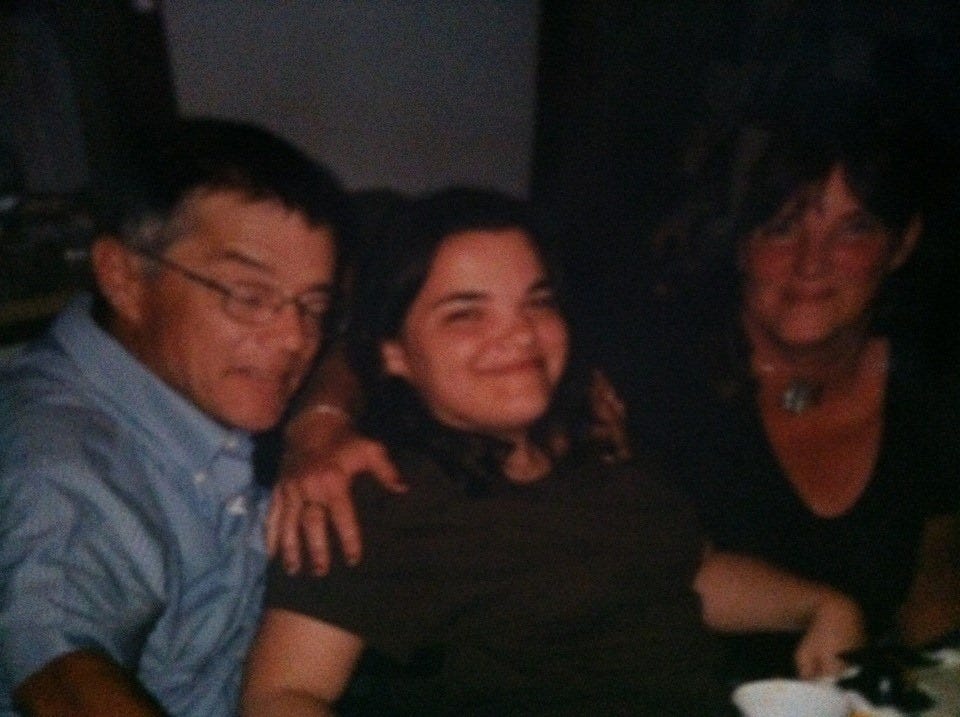
Photo Credit: Sarah Sweeney
I had very mixed feelings about cerebral palsy growing up. I have a very supportive immediate family. As a child my mother put me into many different activities like ballet, horseback riding, skiing, and art classes, just to name a few. She wanted me to experience everything I could, just like any other child. I have two older brothers, and they never treated me any differently than they would have any other younger sibling. To this day, they are some of my greatest supporters. My father was the same way, like my mother; I know that they both had their concerns as all parents do, but they never let it deter me from trying new things or achieving my goals. This mentality, whether it be conscious or unconscious, has helped me become the person that I am today.

Photo Credit: Sarah Sweeney
A lot of my extended family members have not always been able to understand or accept my Cerebral Palsy, so that was very difficult for me growing up. It was something that I thought about often and questioned in different ways during my formative years. Going to school can pose challenges for anyone, but having Cerebral Palsy and using a wheelchair, added an extra layer of difficulty. I face a considerable amount of bullying from my peers in elementary and middle school. They say people fear what they do not understand, that statement is especially true in adolescence. At the time, it was hard for me to make sense of why it was happening. It was not just my peers who had a difficult time accepting me, it was some of the teachers and staff at school as well. I was even referred to as a fire hazard by the principal and vice-principal of my first high school, for wanting to participate in after school activities.
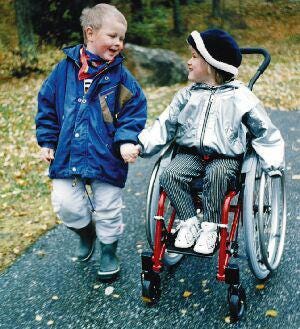
Photo Credit: Sarah Sweeney
Dating is a significant part of growing up during the teenage years. I believe that my Cerebral Palsy did impede many of the “normal” experiences from happening the way they may have if I did not have it. A lot of people at that age are more into outward appearance and what is popular, rather than getting to know a person for what is on the inside. Do not get me wrong, I have had so many great experiences because of my Cerebral Palsy. I had the opportunity to serve on the Statewide Independent Living Council for seven years. The Statewide Independent Living Council is one of the organizations that helps to implement positive changes for people with disabilities on the state and national levels. I was able to travel to Washington D.C. and California with people from all across the United States; we were able to come together and have our voices heard. It was also a great opportunity to see what other states were doing to combat various issues that impact people with disabilities.
In my junior year of high school, I moved and was able to finally change schools. Everyone at my new school was very accepting and inclusive. I was able to join the cheerleading squad and participate in other extracurricular activities. Even though I was only there for a short time, I was able to see what true acceptance in high school looked like, and found a place where I felt like I belonged, which can be difficult to do at times. I felt confident enough to walk at my graduation to accept my diploma. That is definitely a memory that I will never forget.

Photo Credit: Sarah Sweeney
How has cerebral palsy impacted your life?
Although having Cerebral Palsy sometimes gets me down, I never let it stop me from pursuing my goals and dreams. It has motivated me to keep pushing forward. One of the most difficult aspects for me in having to use a wheelchair is the lack of accessibility, whether it be housing or transportation. Apartment complexes must have units that meet the Americans with Disabilities (ADA) standards, but these standards often do not meet all the needs of people with disabilities who need accommodations. I do not have my driver’s license, so living in an area without public transportation is challenging. Being able to get out and be active in the community is an important part of life, and a lot of that independence is taken away without proper access to public transportation.
I have my Master’s degree in Social Work, but being able to use my degree to its fullest will put my insurance, and my personal care attendant services, in jeopardy. Each time you move to another state, you must start the Medicaid process over again. You are not given a finite time when or if your services will be reinstated. I have been on countless interviews, and have even been offered a few positions, but when the directors of those particular organizations found out that I used a wheelchair, the job offers were rescinded and I was told that it was for my own protection.
I have been able to accomplish amazing things despite the challenges that I have faced, but it means so much to me to be able to accomplish everyday tasks such as getting up and going to work.
Do you ever think about what your life would be like without Cerebral Palsy?
If I am being completely honest, I would have to say that I do think about what my life would be like without Cerebral Palsy probably more often than I even realize. Asking myself questions like “what if?” How would things be different? The reality is that my cerebral palsy is part of who I am, and I do not think that I would be the person that I am, or where I am in life, without it.
How is schooling with Cerebral Palsy?
I was mainstreamed in school, but I did have it individualized education plan (IEP) for certain subjects from first grade to my senior year in high school. This accommodation was put in place in case I needed extra time to complete assignments, as it sometimes takes me longer to write. The IEP was put in place so that the teachers, staff members, my parents, and I knew what the expectations were for each member of the team in order to make it so that I was as successful as possible. During the year, I also participated in physical therapy to ensure that I was physically at my best. That was included in my day as well. As I stated previously, school was very difficult for me as far as friends and peers went, until my junior year of high school when I moved and was able to participate in various activities. People may not realize how much being able to participate in activities just as everyone else builds confidence and self-esteem.
How has your disability changed throughout your life?
As I have gotten older, I have experienced an increase in pain, especially in my legs. When I was eight years old, I had a pretty bad fall and got diagnosed with something called central pain syndrome. This causes heightened sensitivity to your central and sympathetic nervous systems. I have learned management as I’ve gotten older, but stress increases the symptoms. Also, as I have gotten older my muscle tone and tightness has increased in my legs. While Cerebral Palsy is not considered a progressive disability, it has definitely taken its toll as I have gotten older. It takes a lot more energy, awareness, and concentration to complete tasks.
How will things change for people with disabilities?
Heraclitus said, “The only thing that is constant is change.” Things are always changing for people with disabilities. There are groups and organizations, like the Statewide Independent Living Council, whose focus is to raise awareness about the various issues that individuals with disabilities face on a daily basis and bring that to the state and national level. You can only bring about change if you are able to raise awareness and educate yourself and others. Just by being out and living day-to-day life, we are able to open dialogue, raise awareness, and make change happen.
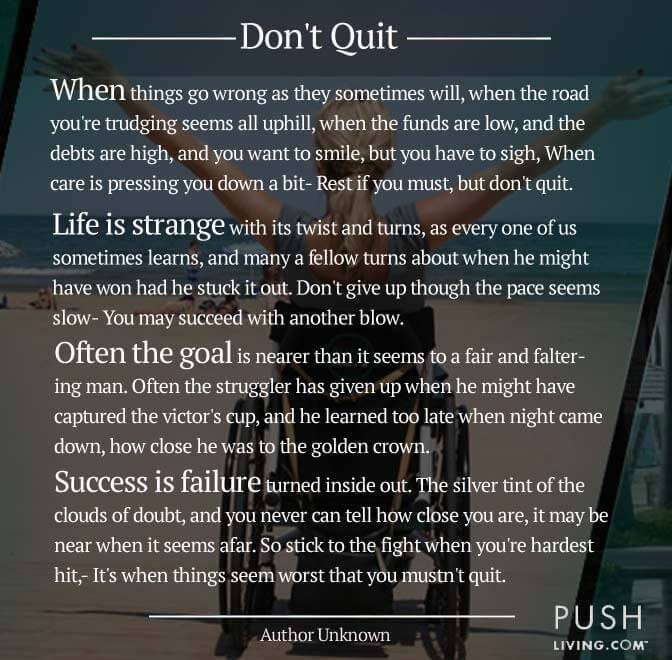
Photo Credit: PUSHLIVING.com
If you believe in God, does that help you deal with having Cerebral Palsy?
When I was nine years old, I told the nun at Sunday school that I blamed God for giving me Cerebral Palsy. She had a meeting with my parents and told them that they needed to tell me that I was wrong for having this belief. My parents said that if that was the way that I felt at that time, they were not going to tell me that I was wrong, that as I grew, I would be able to form my own ideas and opinions on the matter. I was asked to leave and find a better fit; I returned later as an adult. I say all that to illustrate how we do in fact change, grow, and form our own ideas and opinions while doing so. We are able to find strength in many things. Prayer, having different outlets, and support helps me deal with having Cerebral Palsy. I believe that I have Cerebral Palsy for reason, to be able to be more empathetic towards others and show them that there are different ways of doing things and seeing things from a different perspective.
If there were a pill or cure for Cerebral Palsy, would you take it?
There are days and times that I would tell you without a doubt that if there were a cure or a pill that I could take to not have Cerebral Palsy, I would absolutely take it. I would love to have the opportunity to walk, run, and dance. It would be wonderful to do with ease what others for granted, like getting in and out of the car or walking up a flight of stairs. However, without Cerebral Palsy, I would not be the person that I am. Cerebral Palsy has given me the gift of being able to think about others before myself, to show empathy, kindness, and to see people for who they are on the inside. It continues to give me the strength I have, even when I feel that I do not have any strength left. It pushes me to think outside the box, and to try and show others how to do the same.
Cerebral Palsy affects everyone differently, but we all have differences and it is important that we try to embrace them within ourselves and each other. When you take the time to get to know even a piece of someone’s story, you will come to realize that we all have more similarities than we think. As I said before, people fear what they do not understand, but I truly do not think there is anything better than trying to gain an understanding while speaking from the heart.

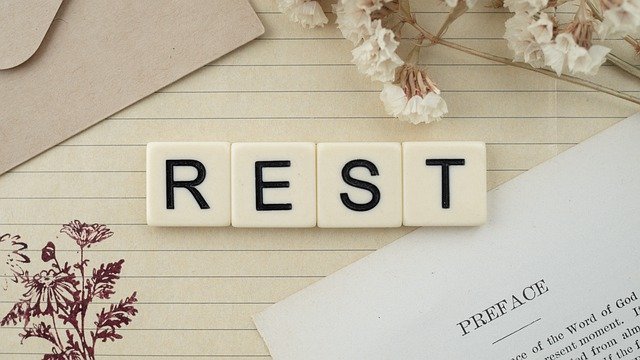

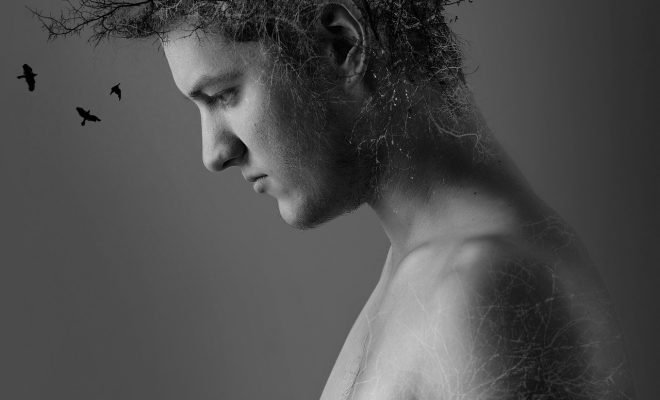







Stories like yours matter. Thank you <3 This is powerful and important. Shared.
Thank you so much! That means more than you will ever know, Lo Potter.
I know this lovely woman and am so proud to say that.
Thank you very much, Deb!